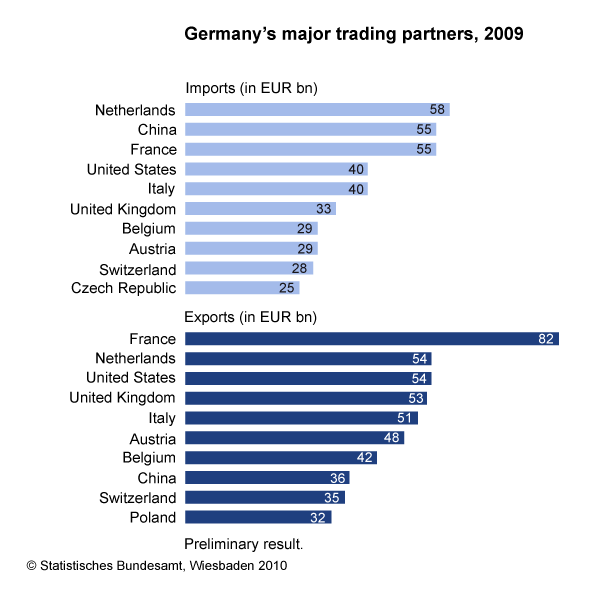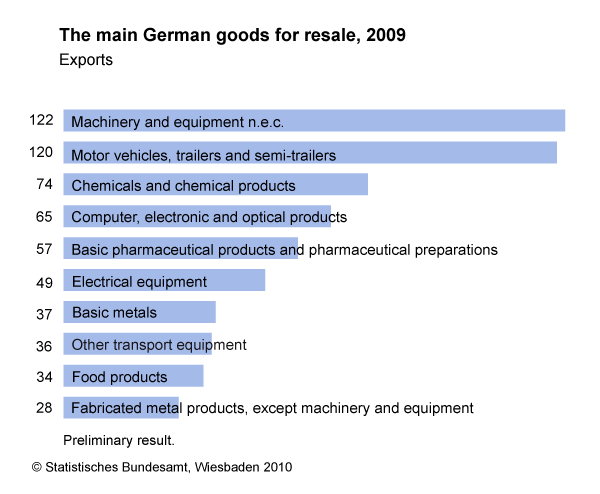Companies that are in the liquor business are believed to be recession-proof as consumers tend to drink liquor to get away from their worries. Hence investors can explore some of the foreign beer, wine and other liquor producers.
The following are six foreign beverage makers whose stocks trade on the OTC markets:
C&C; Group (CCGGY)
Ireland
Fosters(FBRWY)
Australia
Coca-Cola Amatil (CCLAY)
Australia
Calsberg (CABGY)
Denmark
SABMiller (SMGBY)
UK
Tsingtao Brewery (TSGTY)
China



